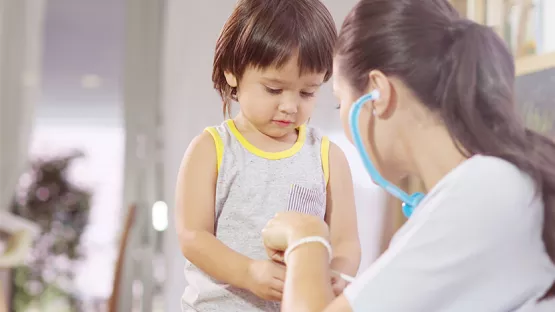
Learning in Pretend Play
In our modern society, convenient gadgets have overtaken play but they do not have the holistic effects of play where the child interacts with the environment, objects, others and within oneself.
Play is an important part of a child’s development. At 9 months old, awareness of the world starts pretend play, supported by the ability to imitate others by 15 months and expands with increased creativity and imagination at 18 months. Therefore, pretend play provides a holistic opportunity to display these abilities with the help of innovations of objects.
Pretend play involves three parts:
(1) Planning and building: these provide the freedom for the child to be creative and imagine up what he/she has observed by turning visual effects into a tangible manner. By building, the child problem solve what to use and how to develop the storyline.
(2) Interaction: by interacting with the toys / storyline / with others, the child practices what he/she has observed from others. From other’s responses, the child learns new skills or fine-tune existing one. With more knowledge and skills, the pretend play becomes more complex. Within this stress-free situation, the child can play out different responses. Such play also involves feelings and emotions related to the situation being played out. This is where the child develops his/her socioemotional elements.
(3) Outcome: Using what the child has learnt, it provides the foundation for development as well as supporting other areas of developments. Better equipped, the child can respond positively.
The child’s role is a carer, nurturer, engaging leader and communicator including connecting / expressing emotions / feelings and engaging in free-play hence internalizing it. Intrinsic satisfactions instil positive qualities.
Adults should respond positivity according to the child’s level of understanding / age, only prompting when the child gets stuck. Encourage development by introducing ideas for future play or exposing new concepts / situations to the child.
It is advisable for parents to balance play with other areas of the child’s life as it helps to develop socioemotional elements, it is relaxing and brings happiness to the child. The effects may not be immediate or seen as productive / providing results but its effects are invisible yet supporting the child’s future.
